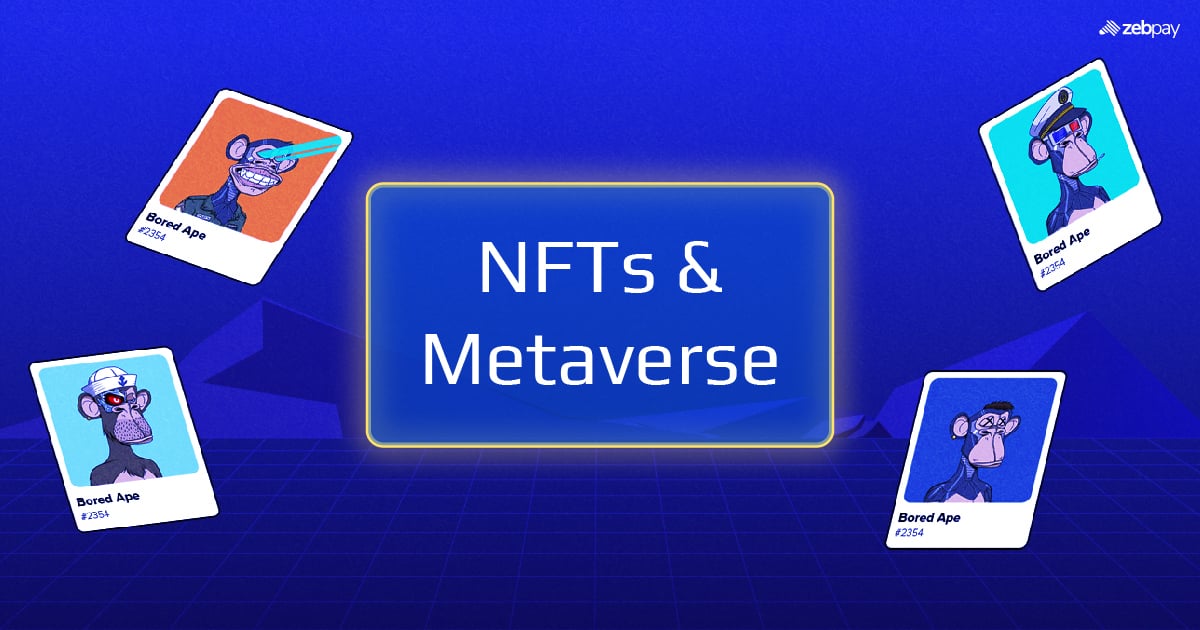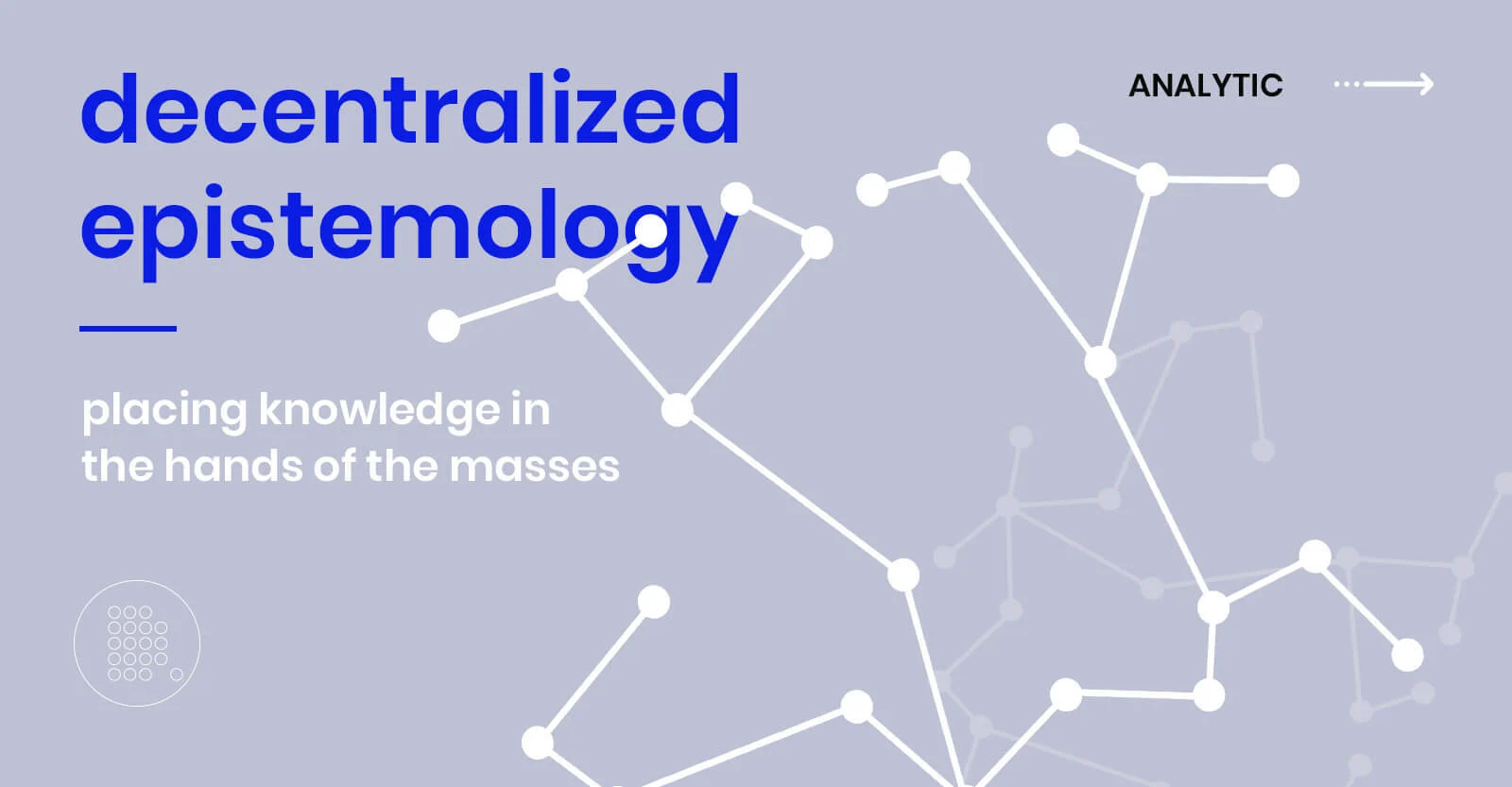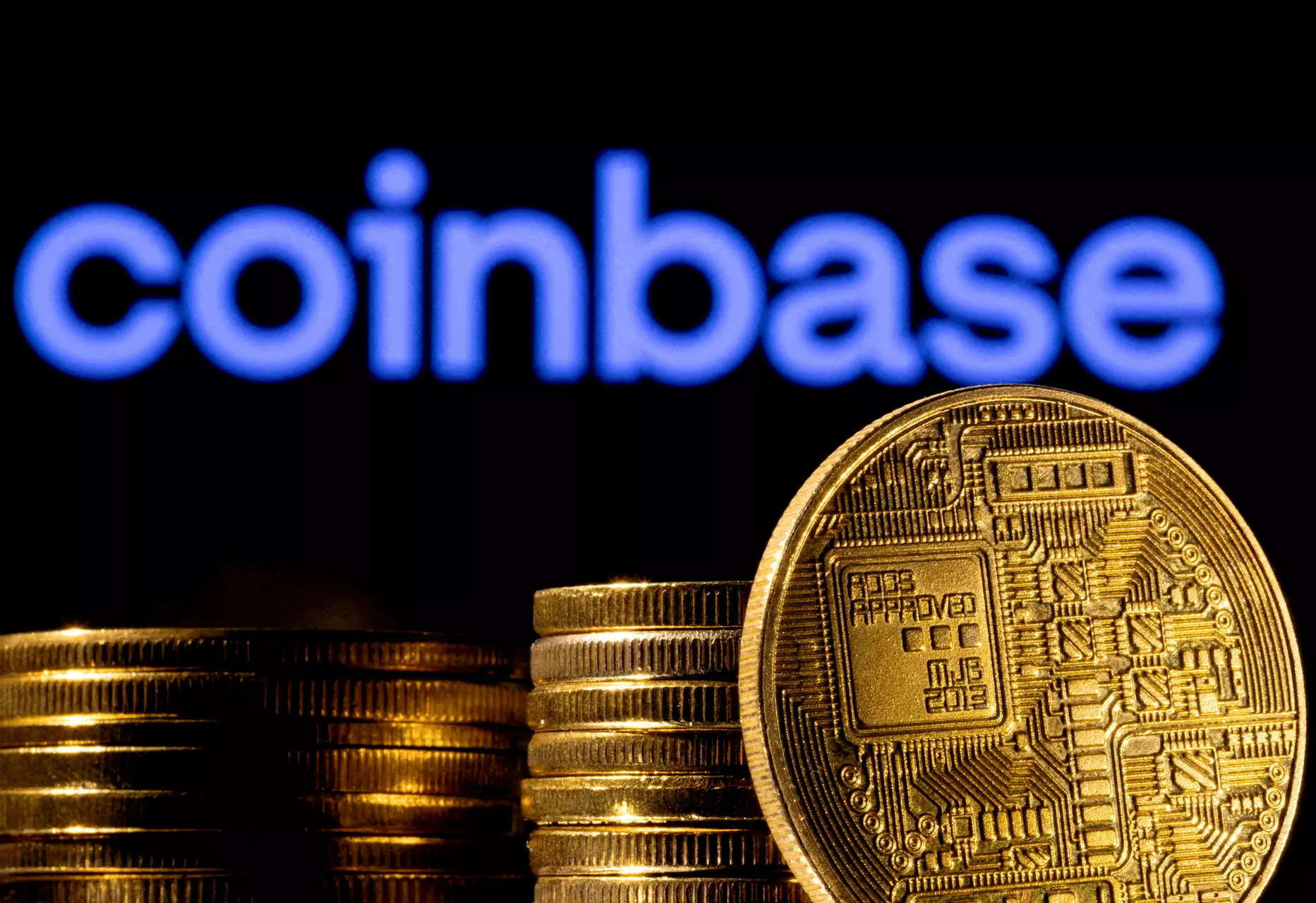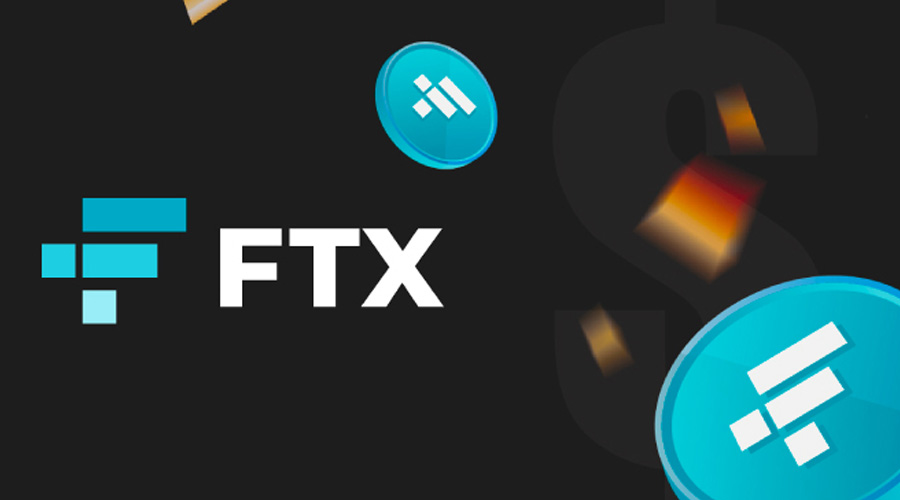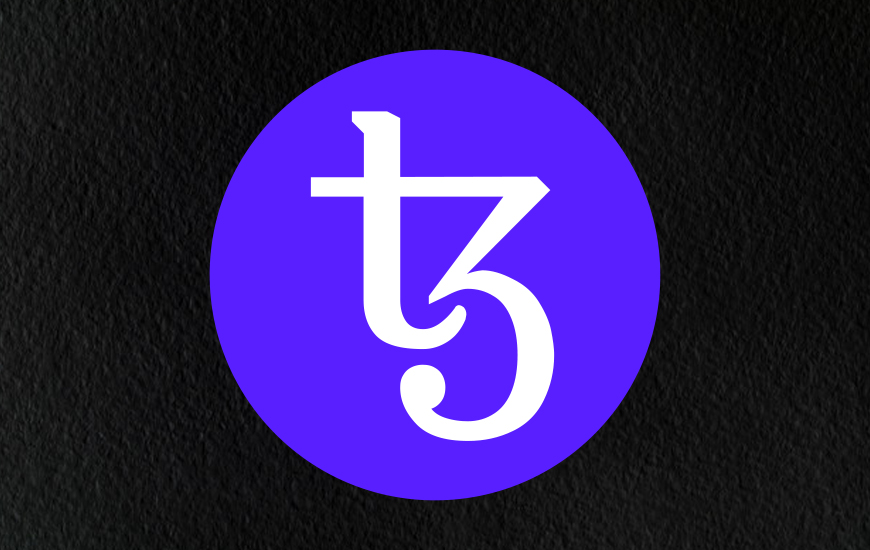Man and machine: Nansen's analytics slowly labeling worldwide wallets
Nansen analytics slowly labeling worldwide wallets efforts are labor-intensive, but they are essential for understanding the cryptocurrency.
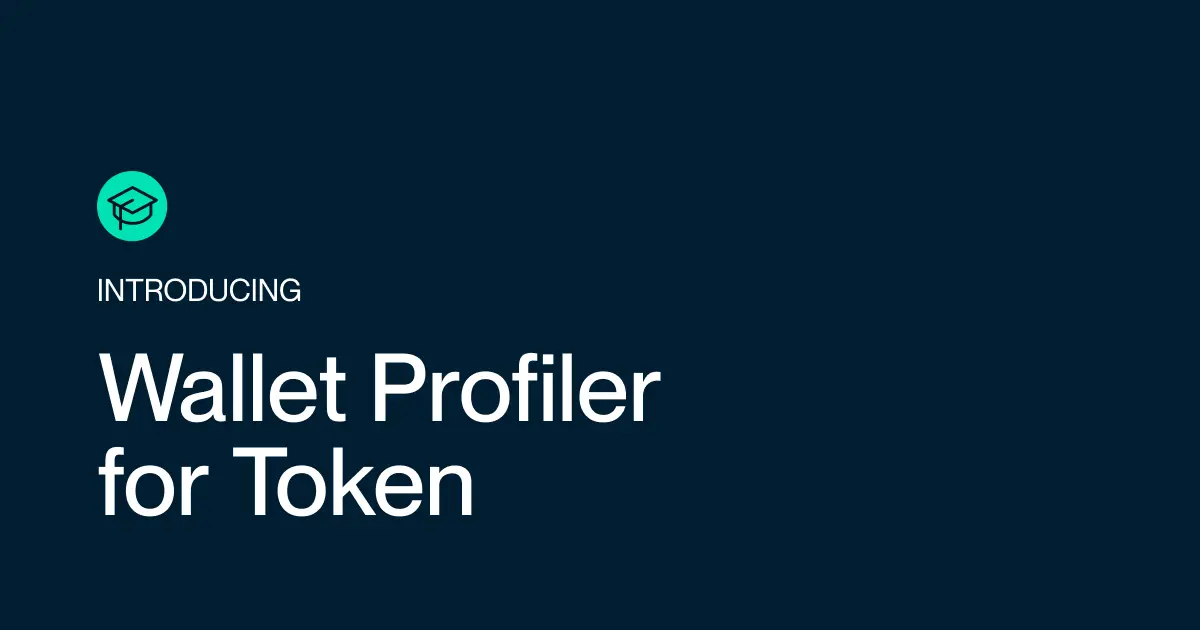
Public blockchains are transparent and accessible to anyone, but extracting meaningful insights from the vast amount of data they generate is no easy task. Nansen is a blockchain analytics platform that is slowly labeling wallets worldwide, using a combination of artificial intelligence (AI) and human expertise.
Nansen's wallet?labeling efforts are labor-intensive, but they are essential for understanding the cryptocurrency ecosystem. By Nansen's analytics slowly labeling worldwide wallets can track the movement of funds and identify different types of participants, such as exchanges, institutions, and individual investors. This information can be used to identify trends, assess risks, and make informed investment decisions.
How Nansen labels wallets
Nansen uses a variety of methods to label wallets, including:
- Heuristics: Nansen has developed a set of rules that can be used to automatically label wallets based on their behavior. For example, a wallet that regularly interacts with a known exchange is likely to be an exchange wallet.
- Machine learning: Nansen also uses machine learning to identify patterns in wallet behavior. For example, a machine learning model can be trained to identify wallets that are likely to be associated with scams.
- Human expertise: Nansen also employs a team of researchers who manually label wallets. This is especially important for wallets that are associated with high-profile individuals or organizations.
Benefits of wallet labeling
Wallet labeling has a number of benefits, including:
- Improved transparency: Wallet labeling can help to improve transparency in the cryptocurrency ecosystem. By understanding who owns and controls different wallets, investors can make more informed decisions.
- Reduced risk: Wallet labeling can help to reduce risk for investors and businesses. For example, investors can use wallet labeling to identify and avoid wallets that are associated with scams or other suspicious activity. Businesses can use wallet labeling to comply with anti-money laundering and know your customer (AML/KYC) regulations.
- Better market insights: Wallet labeling can provide better insights into the cryptocurrency market. For example, analysts can use wallet labeling to track the movement of funds between different types of wallets. This information can be used to identify trends and make predictions about the future of the market.
Challenges of wallet labeling
Wallet labeling is a challenging task for a number of reasons:
- The volume of data: Public blockchains generate a vast amount of data, which can be difficult to process and analyze.
- The complexity of the data: Blockchain data is complex and can be difficult to understand.
- The privacy concerns: Some people are concerned about the privacy implications of wallet labeling.
Nansen's approach to wallet labeling
Nansen takes a privacy-focused approach to wallet labeling. The company does not label wallets that are associated with individuals who have not publicly disclosed their addresses. Nansen also takes steps to make it difficult for people to identify the owners of labeled wallets.
Future of wallet labeling
Wallet labeling is still in its early stages, but it has the potential to revolutionize the way we interact with cryptocurrencies. As wallet labeling becomes more widespread, it will become easier for investors, businesses, and regulators to understand and manage the risks associated with cryptocurrencies.
How Nansen is using AI to improve wallet labeling
Nansen is using AI to improve wallet labeling in a number of ways. For example, Nansen is using AI to develop new heuristics and machine learning models for identifying different types of wallets. Nansen is also using AI to automate the process of labeling wallets, which can help to reduce the cost and time required to label all of the wallets in the world.
Nansen is a blockchain analytics platform that is slowly labeling wallets worldwide. Wallet labeling is a challenging task, but it has the potential to improve transparency, reduce risk, and provide better market insights. Nansen is taking a privacy-focused approach to wallet labeling and is using AI to improve the accuracy and efficiency of its labeling process.
How to use Nansen's wallet labeling data
Nansen's wallet labeling data can be used in a variety of ways, including:
- Identifying scams and other suspicious activity: Investors can use Nansen's wallet labeling data to identify wallets that are associated with scams or other suspicious activity. This information can be used to avoid scams and protect investors from financial losses.
- Tracking the movement of funds: Businesses can use Nansen's wallet labeling data to track the movement of funds between different types of wallets. This information can be used to identify trends and make predictions about the future of the market.
- Complying with regulations: Businesses can use Nansen's wallet labeling data to comply with AML/KYC regulations. For example, businesses can use wallet labeling data to identify and verify the identities of their customers.
What's Your Reaction?








